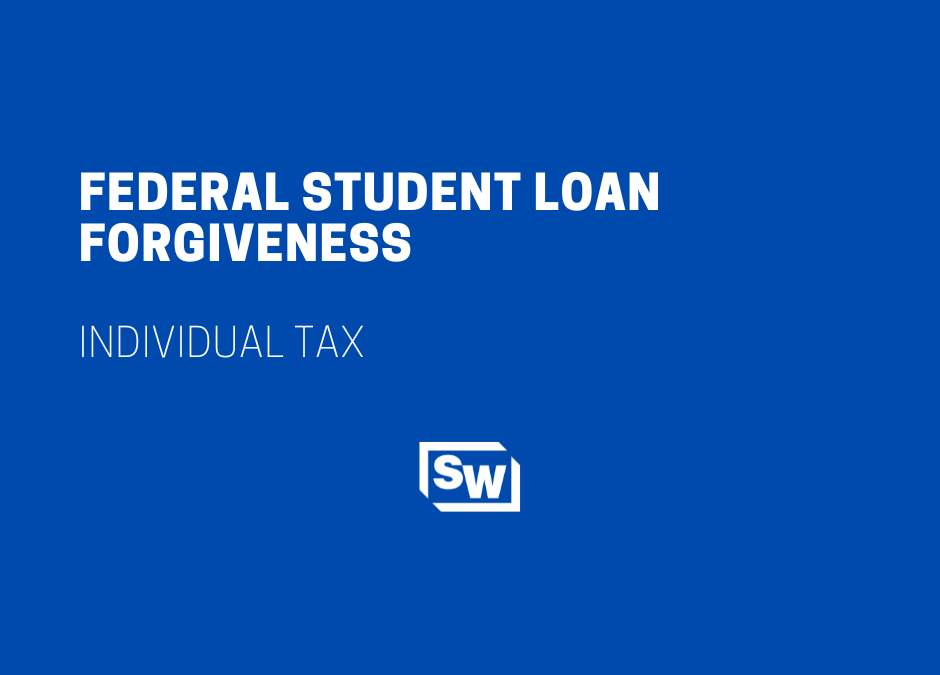In late August, President Biden announced a plan to cancel $10,000 in federal student loan debt for those earning less than $125,000 per year and $20,000 for low-income families who had received Pell grants. In the United States, 45 million people owe $1.6 trillion for federal student loans, totaling more than any consumer debt other than mortgages. The debt relief applies only to loan balances opened before June 30, 2022. Any new loans disbursed on or after July 1, 2022, are not eligible. Importantly, the U.S. Department of Education has stated that the debt relief will not be taxed at a federal level.
Shortly after the announcement of the forgiveness plan, the New York State Department of Taxation and Finance stated that the debt relief will not be considered taxable income at the state level. This status is different from state to state. It is important to understand your state’s treatment of this debt relief prior to applying for forgiveness.
The Biden Administration’s original guidance stated that borrowers with Federal Family Education (FFEL) loans would be eligible to obtain “one-time debt relief by consolidating those loans into Direct Loans.” In late September, the U.S. Department of Education clarified that forgiveness would not be available to FFEL borrowers, in an effort to narrow the scope of the plan.
On Monday, October 17, the federal debt forgiveness application website launched at https://studentaid.gov/. The application takes around five minutes and no documents or login information is required for completion. All applications must be completed no later than December 31, 2023. The U.S. Department of Education offers guidance for those who wish to opt-out of debt relief for any reason here.
If you have any questions or want guidance on the best strategy for managing your student loan debt, please reach out to your personal Sciarabba Walker contact or email us at info@swcllp.com.

